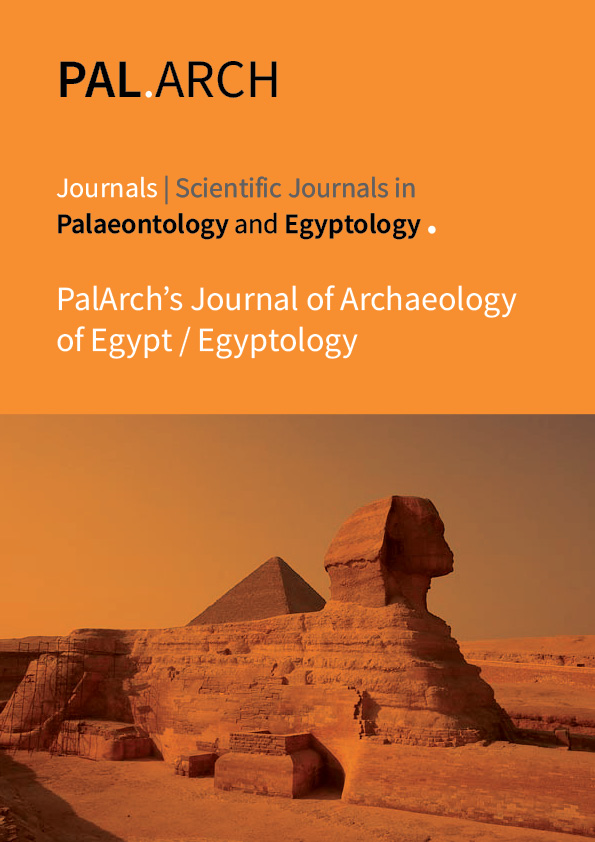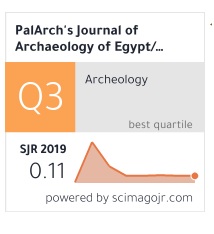Factors of Learning in Filipino and Students’ Performance of Secondary Education in Eastern Visayas Philippines
Abstract
This study aims to examine and discover certain factors of learning and performance of
students of the secondary education. Participants for this research are Filipino teachers and high
school students. Research variables determined for students include learning attitude towards
Filipino and level of motivation. Research variables determined for teachers include social
environment, teaching curriculum, and level of difficulty and teacher’s preparation. The chosen
variables were used as basis to determine student performance in the Filipino curriculum. The
evaluation tool used for this research was created by the author based on the following exercises:
structure of ideas and details, identification of text and concepts, identification of essence, tone
and perception of text, identifying difference between opinions and facts, examination of validity
of ideas or concepts, reflections and predictions, formation of thoughts or conclusions and
interpretation of tables and graphs. From the 125 created items, 80 items were accepted to be
administered for the evaluation tool. This research used the descriptive – correlation method and
results were treated using descriptive statistics, mean scores and standard deviations. To identify
the correlation between the dependent variable (student performance scores) and the independent
variables (students’ and teachers’ variables) ANOVA was used and post hoc analysis Scheffe.
To determine the related variables, Pearson’s r was used and Logistic Regression Analysis was
used to determine the best predictor of student performance. Results show that there is a
significant difference in the student performance in Filipino Language between schools in
eastern visayas. Therefore, the hypothesis was not accepted because results show that students ‘attitude to learning Filipino and teachers’ attitude to teaching play a significant role in the
performance of students. Teacher and student variables, respectively, play a role in the students’
evaluation. Specifically, students’ attitude to learning Filipino and level of motivation influence
student performance. Likewise, social environment, teaching, curriculum, level of difficulty and
teacher’s preparation influence student performance.



